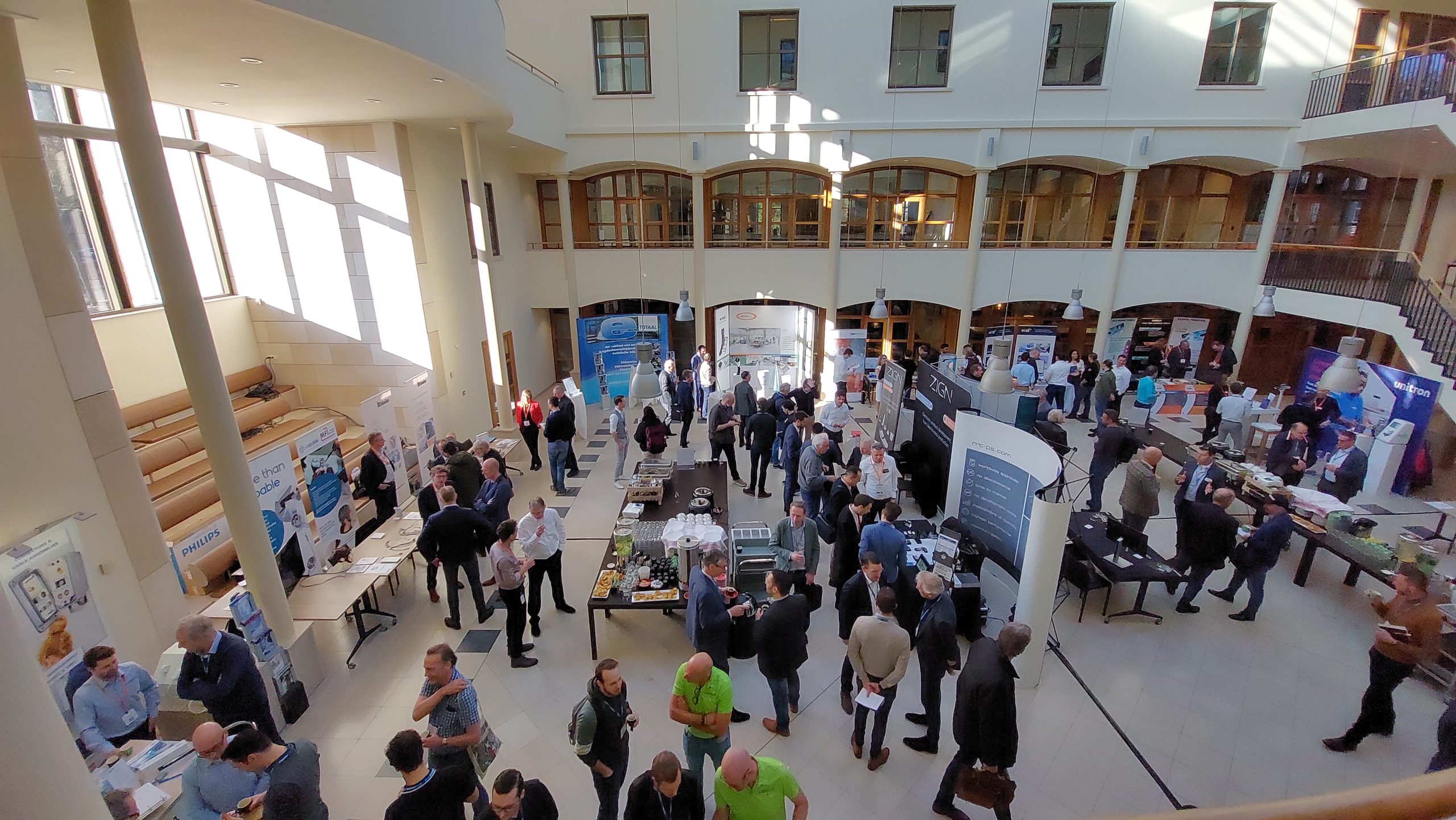
by: Dirk Stans
The two phases of new product introduction
The prototyping and industrialization phases
In the electronics manufacturing industry, especially when it comes to Printed Circuit Board (PCB)
manufacturing and assembly, the process of introducing a new product to market is a critical and structured
journey. From the manufacturers' perspective this journey is broken down into two key phases: the
prototyping phase and the industrialization phase. Both phases are crucial to ensure that a product is
reliable, scalable, and ready for mass production. Each phase plays a distinct role, with the ultimate goal of
bringing a high-quality, functional product to market.
Phase 1: prototyping
'Prototyping is the process of creating an early, functional version of a product to test its design, functionality,
and feasibility before full-scale production.'
The prototyping phase is the initial step in the New Product Introduction (NPI) process. It focuses on
developing and testing early versions of the product, particularly the PCB, to validate its functionality. In this
phase, the primary goal is to identify and resolve design flaws before moving on to larger-scale production.
Engineers and designers work closely to iterate on designs, refining the PCB layout, component choices, and
overall performance.
During the prototyping phase, several iterations of the PCB are manufactured in small quantities. This allows
manufacturers to test various aspects of the board, such as signal integrity, heat dissipation, and mechanical
stability. The testing process also involves ensuring that the board can handle the expected electrical loads
and that all components are properly integrated.
One of the key challenges in this phase is balancing design flexibility with the realities of manufacturing. PCB
manufacturers need to ensure that the design is manufacturable within the constraints of existing technologies
and processes. This is where close collaboration between the design team and the manufacturing team
becomes crucial. By addressing potential issues early, manufacturers can avoid costly delays and redesigns
later in the process.
Prototyping also involves selecting the right materials and components for the PCB. Component availability,
cost, and lead times are important factors to consider, as they can significantly impact the overall timeline of
the NPI process. Manufacturers often rely on detailed simulations and testing to ensure that the chosen
components will work seamlessly together.
Phase 2: industrialization
'Industrialising electronics manufacturing: applying industrial techniques or principles to make electronics
manufacturing processes more efficient, reliable, scalable, or standardized.'
Once the design has been validated in the prototyping phase, the industrialization phase begins. This phase
focuses on optimizing the manufacturing process for mass production. The goal here is to take the final
prototype and scale it for high-volume production while ensuring quality and cost-effectiveness.
In PCB manufacturing, the industrialization phase involves refining the production process to reduce defects,
minimize waste, and increase yield. This might involve adjusting the assembly line setup, refining soldering
processes, or implementing automated testing systems. During this phase, manufacturers also focus on
ensuring consistency and repeatability in production. Every PCB that rolls off the assembly line needs to meet
the same high-quality standards as the original prototype.
Another important aspect of industrialization is supply-chain management. Manufacturers need to ensure that
all components are available in the quantities required for mass production. This often involves negotiating
with suppliers to secure long-term contracts and managing lead times to avoid disruptions in the production
schedule.
The industrialization phase also includes rigorous testing to ensure that the final product meets all necessary
regulatory and industry standards. This could involve electromagnetic interference (EMI) testing,
environmental testing, and more, depending on the specific application of the PCB.
Conclusion
The prototyping and industrialization phases of New Product Introduction are critical in the world of electronics
manufacturing, particularly for PCBs. While the prototyping phase allows manufacturers to refine the design
and catch potential issues early, the industrialization phase ensures that the product can be produced reliably
and cost-effectively at scale. By following these structured phases, manufacturers can bring new products to
market with confidence, ensuring high performance and quality while minimizing time to market and production
costs.
Dirk Stans has been managing Partner at Eurocircuits since 1991, Dirk leads the group's sales and marketing efforts.
With over 20 years of involvement with FHI, the technology federation active in Dutch-speaking territories, Dirk is the
federation chairman. His commitment to the European technological manufacturing industry and electronics
manufacturing in particular, runs deep.

